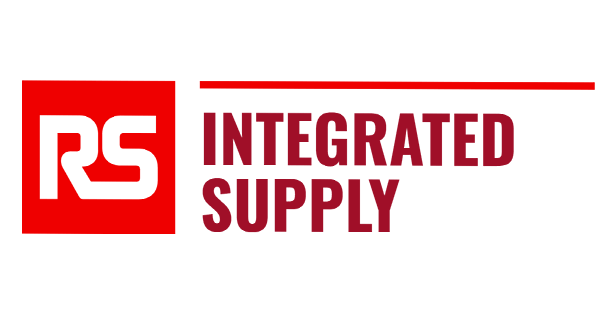How to Use MRO Strategic Sourcing to Drive Savings?

The nature of the MRO supply chain requires that multiple functions within the plant environment be involved with decisions around the parts ordering processes, quantities, frequency, and price. Operations, finance, maintenance, safety, and engineering all have a role, though procurement most often directs that process.
For decades, the focus of that process has been on piece price savings. Purchasing materials at the best price possible, with the overall goal of reducing costs.
That focus continues to shift toward a total cost of ownership approach, where price is considered along with lead times, quality, supplier relationships, transactional ease, etc.
Using total cost of ownership, companies can introduce strategic sourcing to their MRO supply chain, where decisions are made to their benefit that drive savings and improve efficiency. To realize those results, though, requires a well-trained team willing to dig for improvement opportunities.
Digging for Improvement Opportunities
A recent example involves a global pharmaceutical manufacturing client. An alert RS Integrated Supply procurement specialist working at the client site in the western United States, while analyzing purchasing data, noticed the client’s maintenance team was outsourcing the production of a large volume of custom-made screws. A local machine shop fabricates those screws at a cost of close to $50 each while the client used, on average, hundreds of screws each year.
“I noticed that the client tends to stick with local suppliers,” said Rene Ramirez, Procurement Specialist who drove the savings project. “Almost everything they buy is from a supplier within a 100-mile radius of the site. They never went outside to look for better pricing or better sources that have better lead times. It’s been working for them for a long time. But our job is to identify savings opportunities.”
The screws, used in a conveyor belt system that moves products throughout the facility, were custom because of the design of the head. It was oval shaped and required an Allen wrench. The screws were less than 1/2-inch in length.
“When the item came up for reorder, I realized it was just a screw. It wasn’t something that has to go through quality control measures,” Ramirez said. “It wasn’t anything out of the ordinary that any machine shop can’t manufacture.”
So, he took the screw to a new partner supplier with RS Integrated Supply, who confirmed they could produce the screws at the required specifications. The new supplier shared samples with the client’s reliability engineers, which gave the green light to make the switch.
Achieving Savings and Efficiency
Immediately, the client earned significant savings. The cost of each screw dropped from nearly $50 to about $3, for a program savings of nearly $23,000 each year.
Then there were the improved lead times. Despite the initial machine shop being in the same geographic area, the change of supplier shaved 30 days off the lead time.
Such wins, though small in comparison to the client’s sales revenue, are important nonetheless.
“These types of projects show value to our clients,” said Kim Caster, Senior Procurement Manager for RS Integrated Supply. “It demonstrates that we are not just transacting the purchase orders. While they may not be overly large in terms of dollars, it shows that we are going above and beyond our contractual agreements, analyzing data, and sharing these opportunities. It builds trust.”
The Value of an Integrated Supply Program
David Mullin, Procurement Director for RS Integrated Supply, added that this is an example of the true value of an integrated supply program. “Most clients do not have access to the deep pool of suppliers that we have. When they find a machine shop they like, they tend to stay with them for years. For us, it is about getting the maximum value from our entire supplier network.”
Ramirez said the client’s receptiveness and the initial success has him looking for additional savings opportunities. He has his eyes on another custom-made component that has the potential to deliver an additional $25,000 in savings on just the initial order.
Mullin said it all comes back to knowing the supplier base, something the procurement teams at RS Integrated Supply are trained to do. Even then, there are hurdles.
“Not all clients are open to the change and that can be a big hurdle for us,” said Mullin. “Our clients often have a relationship with suppliers and sometimes those are contractual. We cannot ignore that. Other times, a client is simply averse to change because of quality control requirements, or other reasons.”
Still, Mullin said most of the savings projects, like the one Ramirez identified, are accepted by the clients. “Last year these kinds of projects had a client acceptance rate of more than 91%. The key is presenting them with the proper information and reasoning for making the change. We cannot sacrifice quality, nor can we create longer lead times. It’s a fine line.”
Future Outlook
In 2023 alone, Mullin said, RS Integrated Supply introduced more than $600,000 in savings projects to clients. That number is expected to climb sharply in 2024. “Our client teams are seeing more and more opportunities and are capitalizing on them,” he said.

